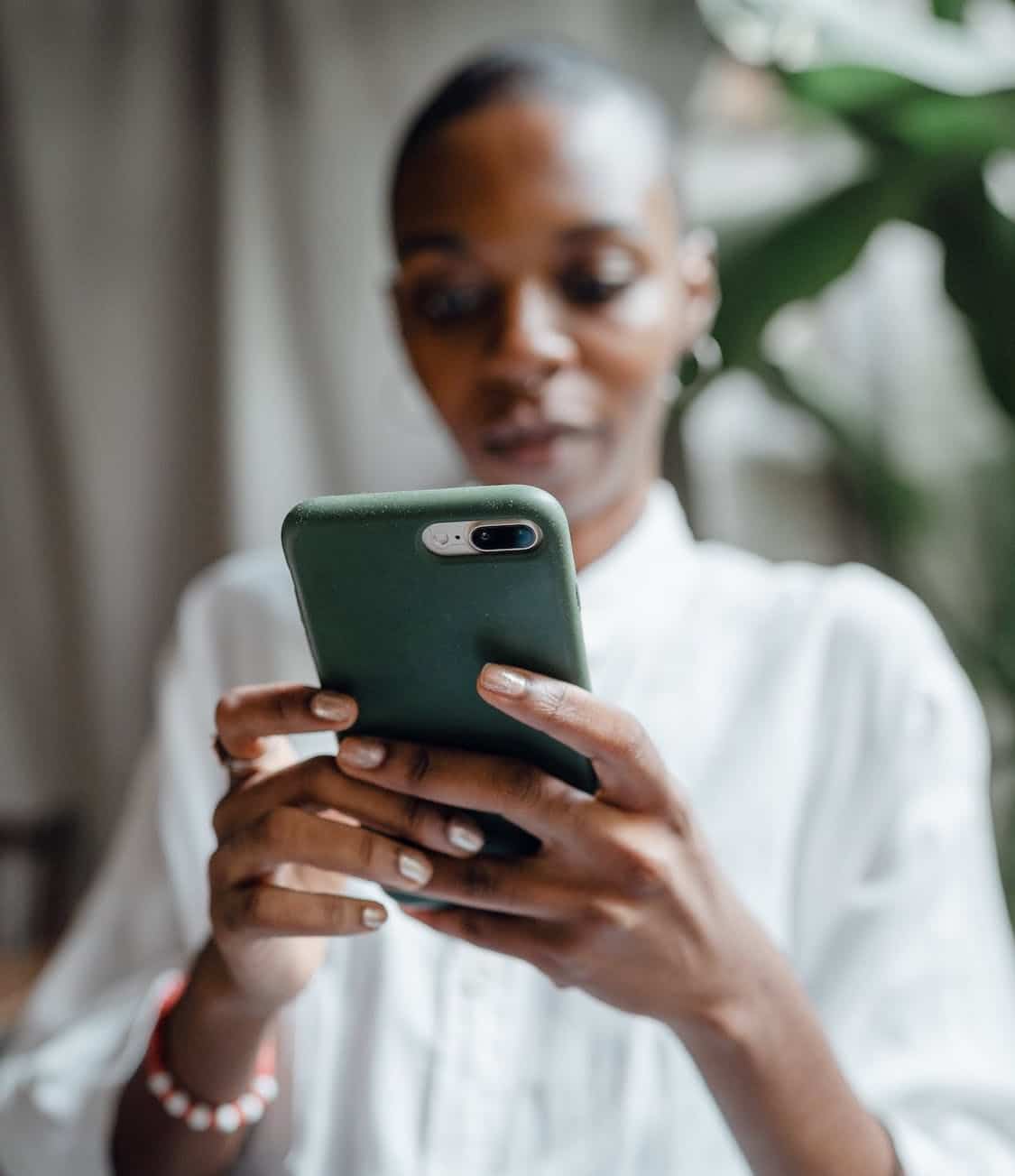Our Commitments
For us, creating a compassionate space for all women and people with cycles means accessibility, inclusivity, and reproductive justice.
Accessibility
We recognize the disparities in access to health information, especially for those in under-served communities, including Black and Indigenous people, other people of color, LGBTQIA+ people, and people with disabilities.
We’re committed to making our educational resources accessible to all women and people with cycles who could benefit from them.


Inclusivity
We realize that health and wellness space is not a safe and inclusive place for everyone. Healthcare systems, aspects of the wellness industry, and diet culture are often rooted in the systems of racism, ableism, fatphobia, patriarchy, and capitalism.
These oppressive systems can cause inequitable access and unsafe spaces for people of color, people with disabilities, LGBTQIA+ people, and people in larger bodies.
Reproductive Justice
We acknowledge that reproductive health is not solely a women’s matter and that it is a complex topic with multiple intersecting parts. At the same time, we recognize that menstruation does not define womanhood. Not all women have periods, and not all people with periods are women.
We fully acknowledge that cisgender women are not the only, or the most important, decision-makers when it comes to reproductive health, and we strongly believe that all people have the right to body autonomy and self-determination.
Please be aware that our resources focus on female hormones and the cyclical nature of the menstrual cycle. We understand that this content may be triggering for people who experience cycles but do not identify as women.
For non-gendered resources, click here.
- Clue App: a non-gendered period and ovulation tracking app.
- Clue Encyclopedia: a blog with information for LGBTQIA+ people, including periods beyond gender, LGBTQIA+ voices, and LGBTQIA+ health.
- Planned Parenthood: offers resources for finding trans-friendly doctors in your area (in the US), in addition to education about what to know about trans health care.
- National LGBTQIA+ Health Education Center: offers a variety of learning resources for LGBTQIA+ people, including reproductive health.

How We’re Putting This Into Action
We offer a scholarship program, designed to broaden access to our resources for individuals from under-served communities and anyone experiencing financial hardship.
We acknowledge and challenge the oppressive nature of the health and wellness industry, including diet culture, within our resources and our online community.
We’re open to dialogue, committed to amplifying the voices of those who experience oppression in health and wellness spaces and diversifying our hiring practices.
Where possible, we limit the use of gendered language. However, please note that it is used in certain instances.
Exceptions:
- “Female reproductive hormones” and “female reproductive system” are used as descriptors when necessary.
- “Women” is used when reporting findings or statistics from studies that have been conducted with female participants who identify as women. We acknowledge that current literature around reproductive, sexual, and hormonal health recruits largely only cisgender women, leaving out the important perspectives and experiences of people of other genders.
- Anatomical terms are used to describe reproductive organs and body parts, such as vagina, ovaries, uterus, and breasts. This choice was made to ensure that the information was as clear as possible for all readers; however, we understand that these terms have limitations and may cause discomfort for some readers.
- She Syncs is a reflection of our founder Bailey’s personal healing journey with discovering menstrual cycle awareness and how much she benefited from syncing her life with her cycle. The name She Syncs was inspired by this deeply personal connection to the business, with “she” referring to her pronouns of she/her.
Have questions or feedback?
We’d love to hear from you. Email us at support@shesyncs.com.
